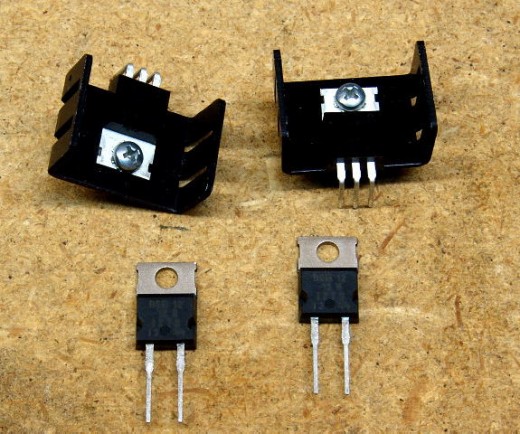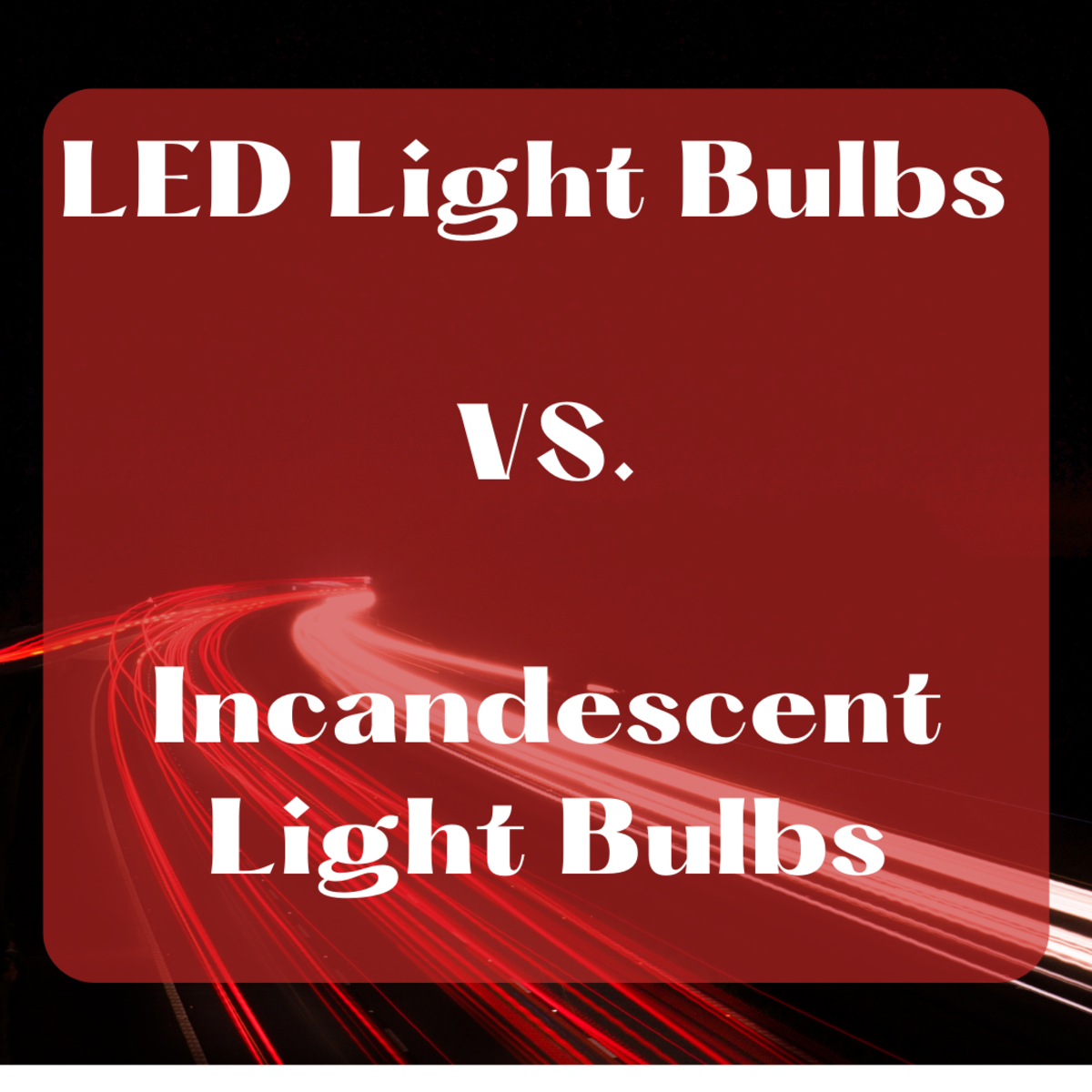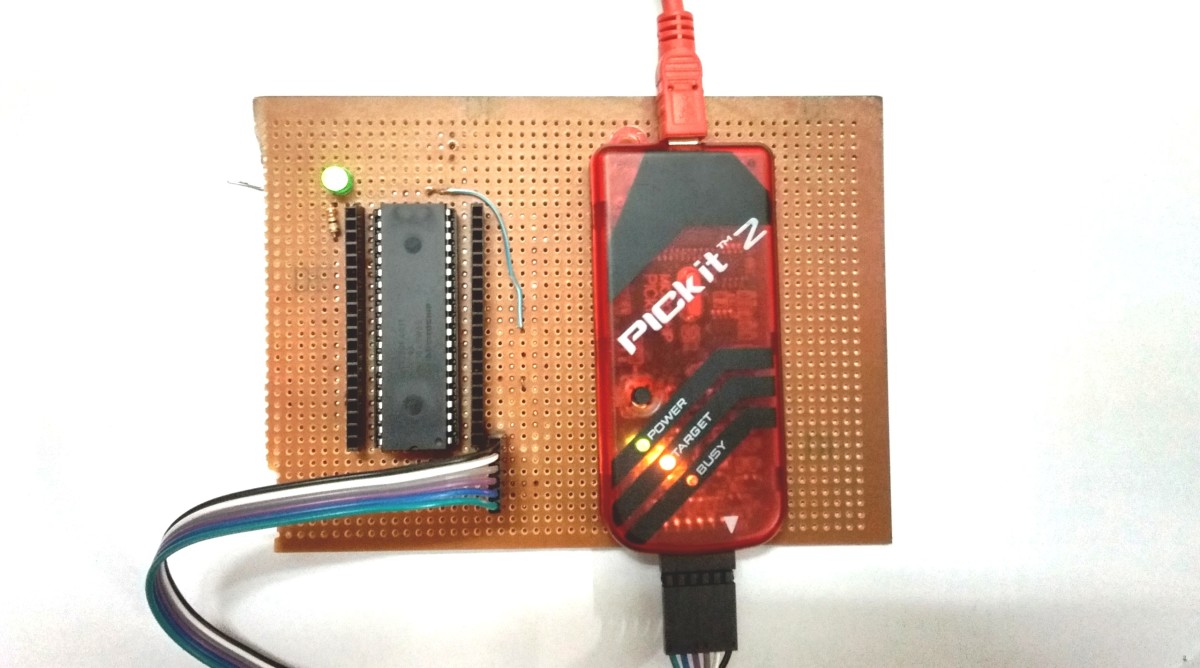How do semiconductors and semiconductor components work

A simple explanation on how semiconductors work and its types
Semiconductors are materials that have conductivity between that of a conductor and a resistor. Thus, it can either act as a conductor or an insulator depending on the set-up. The first commonly used semiconductor is Germanium. However because of its sensitivity to temperature it became undependable because in electronics temperature changes are common due to the generation and dissipation of heat. Just observe how your phone heats up when you talk on the phone for a long time.
Silicon was then used because of its abundance and low sensitivity to temperature. Among the most commonly used semiconductors are Silicon, Germanium, Gallium Arsenide and Cadmium Phosphate.
There are two kinds of Semiconductors: Intrinsic and Extrinsic. Intrinsic semiconductors are those that are made of very pure material – there are little or no impurities in them. Ideally, these should be perfectly pure but because of manufacturing limitations we can only attain a lever of purity. Impurities in semiconductors, even in a very small amount, can cause changes in the characteristics of the material. Even a part in a million can greatly affect the electrical characteristics of a semiconductor. Extrinsic semiconductors are the opposite of intrinsic semiconductors. Impurities are intentionally incorporated in the material so that a certain electrical characteristic can be attained. The process of adding impurities is called doping.
There are two types of extrinsic semiconductors: the N-type and the P-type. These materials are either Silicon or Germanium with added impurities. The impurities give these materials some characteristics like increased conductivity. Silicon and Germanium have four valence electrons – the electrons in the outermost electron shell. When packed together they form a strong crystalline structure because of covalent bonding.
N-type materials are those where a pentavalent element (elements with five valence electrons) is added to the crystalline lattice. An example is Arsenic. These are called donor atoms because they add one free electron per atom into the crystalline structure. These free electrons can move about which is why these materials are conductors.
P-type materials are those where a trivalent element (elements with three valence electrons) is added into the crystalline lattice. An example is Boron. These are called acceptor atoms because each atom forms a hole in the crystalline lattice. The hole can “move” when other electrons try to fill up the space when an external force is applied. Electrons are the ones that move. It just looks like that the hole is moving. The movement of electrons again forms the electric current.
The simplest semiconductor device is the diode. It is formed by joining two types of semiconductors – the N-type and the P-type. The Diode also acts like a switch because it allows current to flow in only one direction. Diodes play a very important part in electronics and so does Semiconductors.





